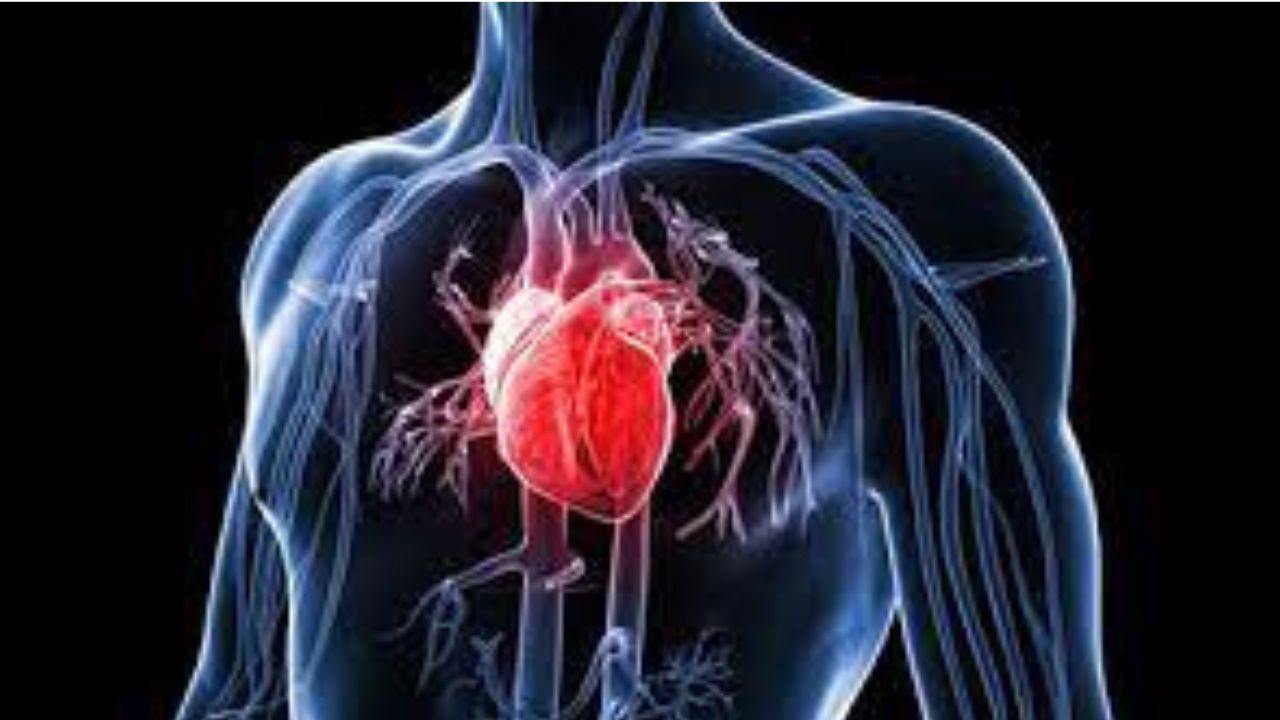Ischemic heart disease, also known as coronary heart disease, is a condition where the arteries that supply the heart muscle with blood are partially or completely blocked. If the coronary arteries were imagined as a network of tubes, then in this circumstance, the blood traveling through them is prevented from correctly reaching its target, the heart, as they progressively become obstructed.
Because of better therapies and healthier lives, the prevalence of ischemic heart disease is currently declining in wealthy nations, while it is rising in developing nations. Ischemic heart disease continues to be the number one killer of adults in both industrialized and developing nations.
Causes:
Ischemic heart disorders develop when the blood supply to the heart declines, depriving the muscle of necessary oxygen. Heart failure, irregular heartbeat, and heart attacks can result from ischemic cardiac disorders, which impair the heart’s ability to pump blood. Blockage in the arteries of the heart is the cause of the reduction in blood flow. The normal course of treatment for this problem involves simultaneously lowering the obstruction and increasing blood flow in the arteries.
Risk elements and signs:
This disorder is frequent in older people and its risk increases with age. In comparison to women, men are more likely than women to suffer ischemic heart disease. Men and women 65 to 94 years old are twice as likely to suffer coronary heart disease than people 35 to 64 years old, according to a number of studies. Myocardial infarction (heart attack) is the most typical sign of ischemic heart disease in males, whereas angina pectoris is the most typical symptom in women.
Diagnosis:
An ECG, stress test, echocardiography, coronary angiography, and cardiac CT scan can all be used to identify the affected artery or arteries in order to diagnose an ischemic heart disease. Depending on how serious your ailment is, your doctor may recommend medication, surgery, or a combination of the two. A balanced diet low in sodium, cholesterol, and saturated fat can help treat coronary artery disease and lower your risk of complications. You’ll also get suggestions on how to work out safely given your condition. Don’t consider lifestyle changes as band-aid solutions. Decide to adopt enduringly healthful behaviors in its place.
Ischemic heart disease treatment
One aspect of treating ischemic heart disease involves increasing blood flow to the heart muscle. Prescription medications, an angioplasty procedure to clear blocked arteries, or bypass surgery are all available as treatments. There are numerous treatments for each kind of ischemic heart disease. The best line of action is occasionally to take medicine to control any ischemia attacks. In some cases, when addressing a more significant problem or when medication is insufficient, it is advised to unblock the artery.

 हिंदी
हिंदी






